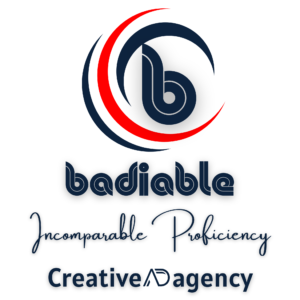Introduction: The Creator Economy’s Boom
The creator economy is having a defining moment globally, and its effects are clearly seen in India as well. Over the past few years, digital creators have gained substantial influence, leading major platforms like Snapchat, YouTube, Instagram, and Moj to invest in creator funds to incentivize their growth. With more than 50 million people around the world identifying as creators, it is evident that the rise of this economy represents a pivotal shift in how marketing and digital engagement occur.
As more brands acknowledge the power of creators in reaching their target audience, the influence of this growing economy will continue to expand. For marketers and advertisers in India, where digital media consumption is rapidly growing, understanding how the creator economy functions is key to adapting their strategies for the future.
The Rise of Micro-Influencers and Niche Creators
While celebrities and mega-influencers once dominated the influencer marketing space, there has been a notable shift toward micro-influencers and niche creators. Micro-influencers, defined as creators with a smaller but highly engaged following, have become valuable assets for brands. Their audiences tend to be more focused, and their content is perceived as more relatable and authentic compared to high-profile influencers with millions of followers.
In India, this trend has created a surge in opportunities for local influencers and niche creators who can speak to the cultural, linguistic, and regional diversity of the country. Platforms such as Instagram, Snapchat, and YouTube have seen exponential growth in users from Tier 2 and Tier 3 cities. As a result, creators from these areas are able to reach audiences that were previously untapped by mainstream media.
The appeal of micro-influencers lies in their ability to build trust and establish stronger connections with their followers. Brands in India have begun recognizing this, moving away from conventional celebrity endorsements to collaborations with creators who specialize in specific interests—whether it’s fashion, technology, food, or even regional arts and crafts. Influencers with 10,000 to 50,000 followers are now among the most sought-after, as they offer a cost-effective way to reach niche audiences.
Snapchat’s Role in the Creator Economy
While Instagram and YouTube continue to be leaders in influencer marketing, Snapchat has quietly carved out its own space in the creator economy. Snapchat’s introduction of tools like “Spotlight” has enabled creators to reach millions by producing short-form, viral content. The platform’s focus on ephemeral content and storytelling makes it unique, offering a fresh avenue for creators in India to connect with their audience.
Snapchat’s integration of AR (Augmented Reality) features has also attracted a younger, tech-savvy audience. Many Indian creators are utilizing these AR tools to create immersive experiences for their followers, especially in sectors like fashion and entertainment. For brands, Snapchat’s highly interactive format provides new ways to engage audiences, allowing marketers to collaborate with creators in a format that feels organic rather than overly commercial.
Indian Platforms Like Moj and Their Impact
While global platforms like Snapchat, Instagram, and YouTube dominate the Indian market, Indian platforms such as Moj and ShareChat have emerged as local competitors. Moj, in particular, has gained massive traction following TikTok’s ban in India. It is now home to millions of creators producing content in regional languages, providing localized experiences for audiences across the country.
Moj’s rise represents a broader shift towards regionalization in digital content creation. With more than 20 official languages spoken across India, platforms that offer content in these languages are better positioned to connect with rural and semi-urban audiences. This is something international platforms have struggled to accomplish.
Moj has implemented various features that are creator-friendly, such as monetization opportunities, brand partnerships, and special tools to enhance content creation. The platform has also made strides in integrating music, making it easier for creators to add trending songs and soundtracks to their videos, much like Instagram Reels.
For Indian businesses looking to expand their reach, collaborating with creators on Moj presents an invaluable opportunity to tap into audiences that aren’t easily accessible on global platforms. By targeting creators who focus on regional content, brands can communicate more effectively with a growing segment of digital users in the country.
Tools Shaping Influencer Collaborations: Planoly and Beyond
As influencer marketing continues to grow in complexity, both brands and creators are turning to specialized tools to streamline the collaboration process. Tools like Planoly, originally designed as a visual planner for Instagram, have evolved into powerful platforms for managing influencer marketing campaigns. Planoly’s features, such as content scheduling, performance tracking, and analytics, make it easier for marketers to manage multiple influencers and ensure consistent brand messaging across posts.
Planoly’s rise in popularity within the Indian market highlights a broader trend towards using data-driven tools for digital marketing. The ability to track engagement, monitor performance, and optimize content has made tools like Planoly invaluable for Indian businesses collaborating with influencers.
In addition to Planoly, other tools such as Hootsuite, Sprout Social, and Buffer have also become key players in the Indian creator economy. These tools help marketers keep track of multiple social media platforms, simplifying the often-complicated task of managing influencer campaigns across Instagram, Snapchat, and YouTube. By integrating these tools into their strategies, brands can ensure a more effective, streamlined collaboration process with their creators.
The Future of the Creator Economy in India
As the creator economy continues to mature, its influence on Indian digital marketing is expected to grow even further. With more companies recognizing the potential of working with creators, the demand for effective tools and platforms will only increase. Indian brands are increasingly open to experimenting with collaborations that go beyond traditional advertising, blending content creation with immersive, interactive experiences to capture audience attention.
The rapid development of India’s digital infrastructure has also contributed to the growth of the creator economy. Increased access to affordable smartphones, expanding internet penetration in rural areas, and the rise of video-based platforms have all contributed to an environment where content creators can thrive.
In the near future, the rise of AI-powered tools and data analytics will further enhance how brands collaborate with creators. Predictive analytics, for instance, can help brands identify which creators will be the most effective at driving engagement for their target audience. Additionally, AR and VR technologies are expected to play an increasingly prominent role in content creation, offering creators new ways to tell stories and engage their followers.
Conclusion: An Evolving Landscape
The creator economy in India is no longer a niche space. It has evolved into a crucial part of the country’s digital marketing ecosystem, providing brands with a wide range of opportunities to connect with consumers. As platforms like Snapchat, YouTube, Instagram, and Moj continue to invest in creator-friendly features, the landscape will keep expanding.
For brands, the future lies in building strong relationships with creators, tapping into the power of micro-influencers, and utilizing advanced tools like Planoly to optimize these collaborations. As more companies embrace this trend, those who stay ahead of the curve will find themselves well-positioned to thrive in India’s fast-paced digital economy.


